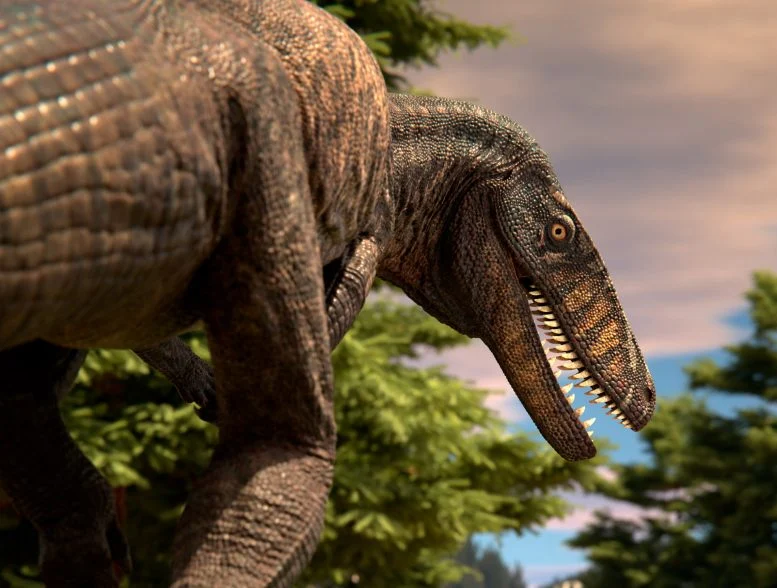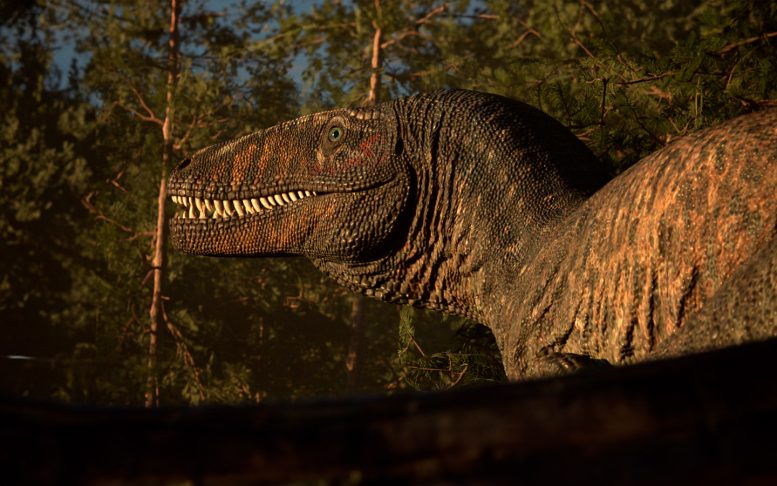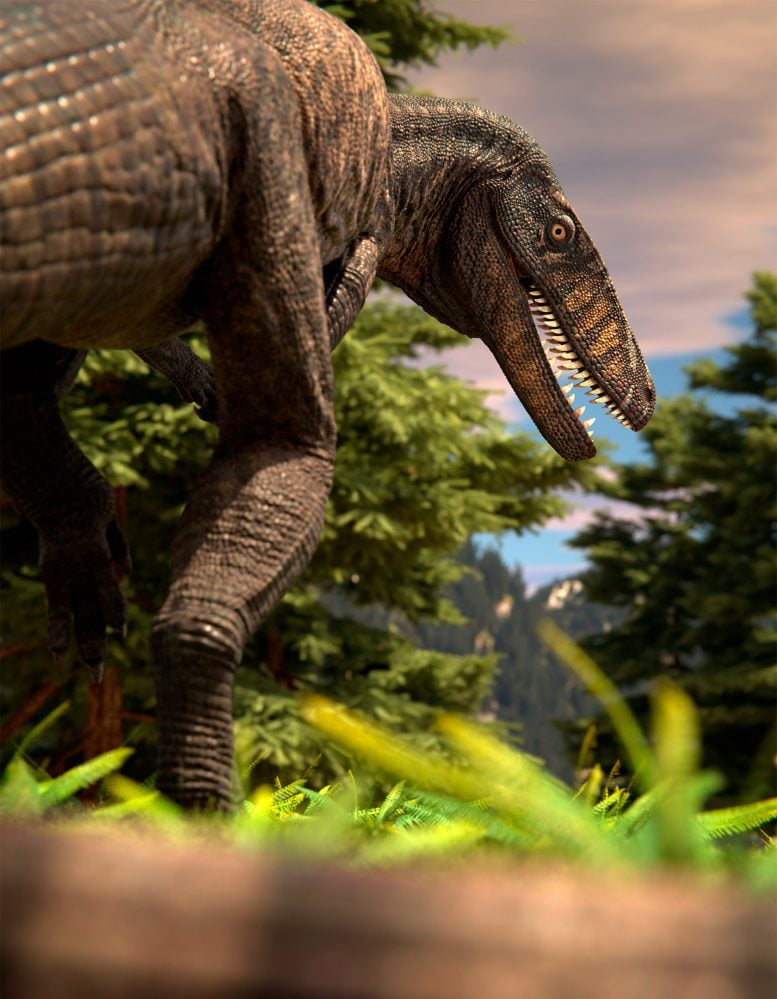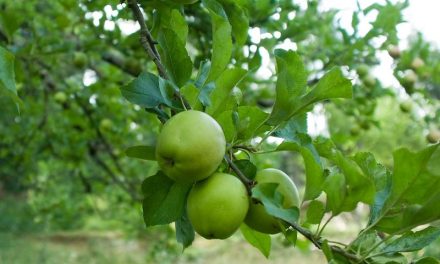
Researchers at the University of York have mapped the evolutionary history of crocodiles, revealing the impact of climate change, competition, and ecological factors on their current limited diversity, providing vital insights for conservation efforts. Credit: Jagged Fang designs
Researchers have mapped the family tree of crocodiles and their extinct relatives to shed new light on why there are so few 34 Healthy Breakfast Ideas to Start Your Day
_______________________________________________________________________
The researchers found that climate change and competition with other species have shaped the diversity of modern-day crocodiles and their extinct relatives, but the findings also reveal ecology – whether species live in the sea, in freshwater or on land – played an unexpectedly key role in survival.
The study, published today (December 4) in Nature Ecology & Evolution, found that when global temperatures rose, the number of species of the crocodile’s sea-dwelling and land-based relatives went up, while increases in competition for resources, perhaps with sharks, marine reptiles or dinosaurs, likely brought about their extinction. By contrast, the crocodile’s freshwater-dwelling relatives were not affected by temperatures, but were put at greatest risk of extinction by rising sea levels.

Poposaurus, from a group of extinct relatives of the crocodile known as Poposauroidea. This crocodilian was around four meters long and lived alongside dinosaurs from 237 to 201.3 million years ago. Credit: Jagged Fang Designs
With seven species of crocodile categorized as Critically Endangered and a further four species identified as vulnerable, the findings of the study provide important insights for conservation efforts of crocodiles and other species as the climate continues to change.
Senior author of the study, Dr. Katie Davis, from the Department of Biology at the University of York, said: “The fossil record is a rich source of valuable information allowing us to look back through time at how and why species originate, and crucially, what drives their extinction. By examining this record and mapping it against the crocodile family tree, our research reveals how important it is to think about ecology when we’re trying to predict how species might respond to today’s climate change.
________________________________________________________________________
Read Also: Protein Rich Food: Diet Plan, Benefits and Vegetarian Recipes
________________________________________________________________________
“With a million plant and animal species perilously close to extinction, understanding the key factors behind why species disappear has never been more important. In the case of crocodiles, many species reside in low-lying areas, meaning that rising sea levels associated with global warming may irreversibly alter the habitats on which they depend.”
Crocodiles and birds share their heritage with dinosaurs, and together with pterosaurs, they form a group known as archosaurs or “ruling reptiles,” who date back to the Early 
Poposaurus, from a group of extinct relatives of the crocodile known as Poposauroidea. This crocodilian was around four meters long and lived alongside dinosaurs from 237 to 201.3 million years ago. Credit: Jagged Fang designs
________________________________________________________________________
Read Also: The 26 Best Snacks For Runners
________________________________________________________________________






